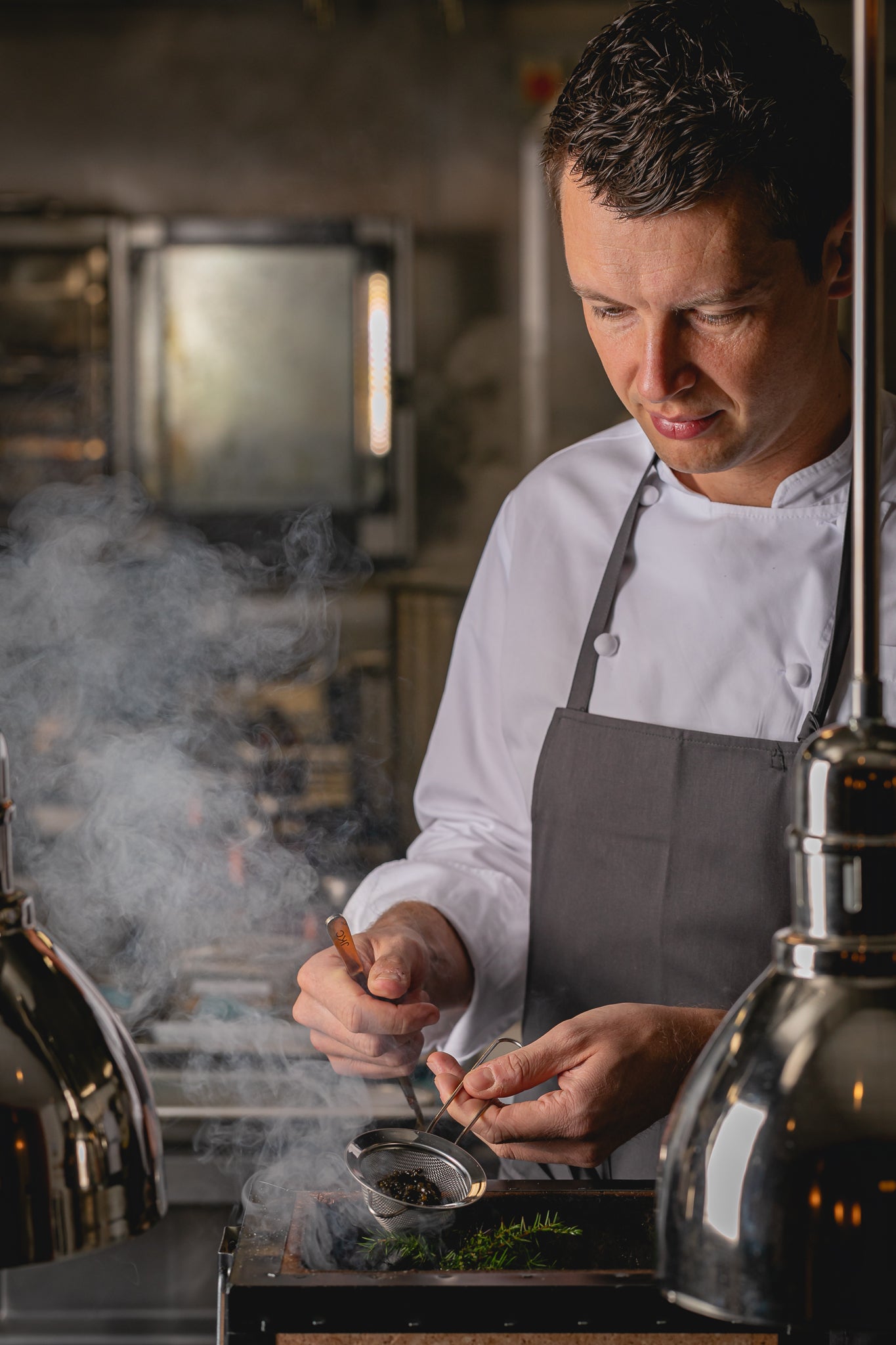
REDEFINING LUXURY
By Sarah-Linda
In our 9 Questions Interview Series, I sit down with chefs, food lovers, and hospitality professionals I admire to talk about food and the culinary world.
I try to get a glimpse into the minds of those shaping the way we eat, through their memories, opinions and lessons around food. What has shaped their approach to gastronomy, and where do they think the future of food is going?
Marco Zampese, an esteemed Italian chef, is the Executive Chef at the three-Michelin-starred restaurant Hélène Darroze at The Connaught in London. Marco's passion for culinary arts was deeply influenced by his upbringing and his grandparents, who were farmers producing charcuterie, cheese, olive oil, fruits, and vegetables.
I admire Marco’s deep-rooted respect for ingredients and his culinary philosophy, emphasizing the importance of seasonality and the quality of ingredients.
After some studies in microbiology and food science, he moved to London in 2012, and started working at Hélène Darroze at the Connaught in 2014, where he worked his way up and became Head Chef in 2018.










